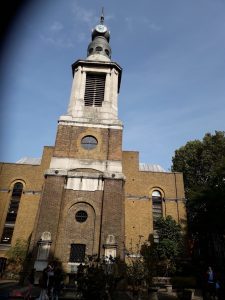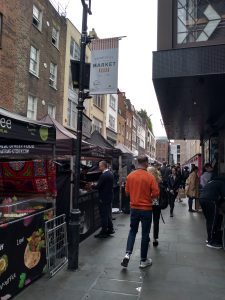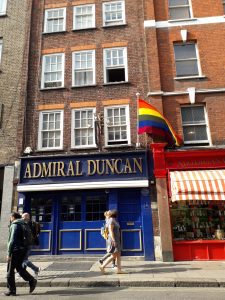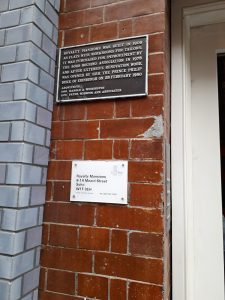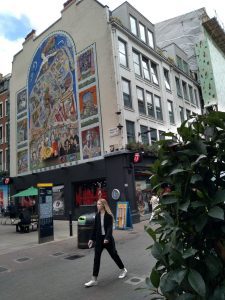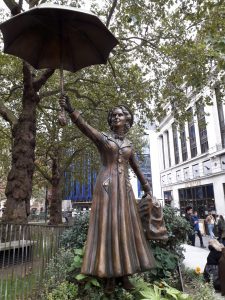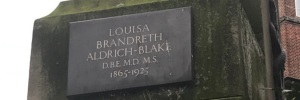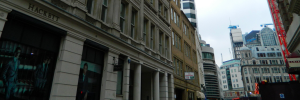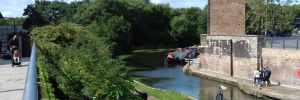In 1866 the vicar of St Luke’s Berwick Street said Soho was crammed with all kinds of artisans. At the end of the 19th century there was a vast array of different industries from food production, silversmiths, clock makers, saddlers, booksellers, musical instrument and furniture makers, even the sale of human hair, slate beds, leather cue tips, India rubber cushions and at Burroughes and Watts in Soho Square, ivory billiard balls! The artistic community had largely moved away but Newman Street remained the centre for the ‘colour men’ supplying artist materials.
There was also a constant influx of immigrants which added to the variety of trades and a spin-off from this was shops to serve them. There were, for example, French shops selling wooden shoes, berets and everything to do with French food and drink!
Soho Changes in 19th Century
Soho was separated off from the wealthier areas to the west, after the building of Regent Street in the 1820s by John Nash, turning the area into a support hinterland for tailors of Saville Row and Regent Street. So by World War 1 there were 50 tailors working in the Golden Square area, a concentration intensified by the arrival of Jewish tailors in the late 19th century around Berwick Street. A similar transformation happened to the area north and south of Oxford Street, with back-street workshops and dormitories opening with the arrival of the Underground in 1900 along with large department stores such as Liberty of Regent Street. Small-scale factories also opened making dresses, suits, coats and capes.
So by the end of the 19th century, the 17th century aristocratic grandeur had virtually disappeared in Soho there was a scarcity of residential accommodation, increased rents, poverty and overcrowding. Employment was very insecure, with sweated labour – poorly paid people who work for long hours in an unhealthy environment. Sadly by then, Soho had the highest percentage of families living in one-roomed tenements in London.
However, the employment opportunities, if often poorly paid did not let up as the growth in department stores brought in an influx of middle-class shoppers and then working-class Londoners arrived looking for ready-to-wear goods too. So Berwick Street market expanded from 32 stalls in1893 to158 in 1930 and sales were made as well to the ‘girls’ from the entertainment industry.
Soho Square
Publishing music and manufacturing grew, with Soho Square a centre for publishing continuing as such on to the 1930s but becoming increasingly connected with entertainment with the arrival of 20th Century Fox and British Movietone News, and Wardour Street became a centre of the film industry. Soho Square also had the Soho Bazaar started by John Trotter in 1816 to help war widows – held in the area between numbers 4 and 7 Soho Square – and Cross and Blackwell had a large factory here too. A spin-off from the music instrument industry was music shops such as Barney’s music shop in Shaftesbury Avenue in the 1940s.
By the 1950s there were still traces of old industry but Berwick Street market declined and it is much smaller today and so we have the rise of Carnaby Street, the Swinging 60s and the club scene and live music and entertainment industry which Soho is now so famous for.
Come on my Settling in Soho guided walk
Photos in post by Barbara Wright
For more on this subject I would recommend an excellent book by Peter Speiser ‘Soho’ the Heart of Bohemian London’, published by the British library.

